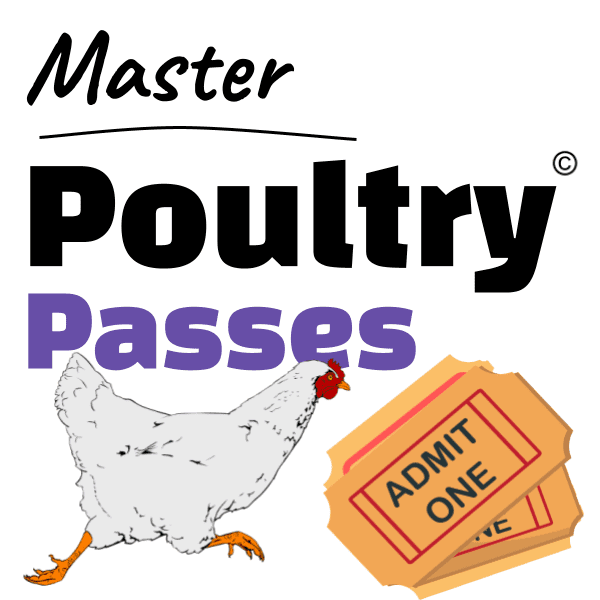Case study: Your layer farm is examining ways to reduce loss of poultry feed during the production process. Poor poultry feed utilisation is quoted by experts as one of the leading ‘hidden costs’ in poultry farming. Said differently, food wastage.
Whilst your feed delivery and uptake, on inspection, is up to par – especially due to your use of pellets. You discern that breakdown is perhaps higher than what you’d like. And by that, we mean the integrity of the pellets seems to crumble away quite readily.
Handling all of the feed milling onsite, you begin to audit the milling processes as a means of root cause analysis.
Step by step, the feed production process comes under the scrutiny of your investigation personnel. Observation sessions of production runs…evaluation of your standard operating procedures etc.
Yet after all observations, there are no clear indicators of issues occurring in the production workflow, which leads to the problem observed with your pellets.
After hiring a consultant for an objective point of view, you discover that the problem might not lie within your production processes.
But rather your storage processes. The external expert alluded to prolonged storage periods having a negative impact on the product quality. This results in sub-optimal disintegration of the pellets.
More fine powder produced from pellet breakdown = less feed utilisation = lower feed conversion = higher business cost.
In response to your findings, you seek advice on optimal feed storage within your internal supply chain.
Do you currently process or mill poultry feed in-house?
Are you storing feed for optimal results?
Share your thoughts…or join the course.

Leave a Reply